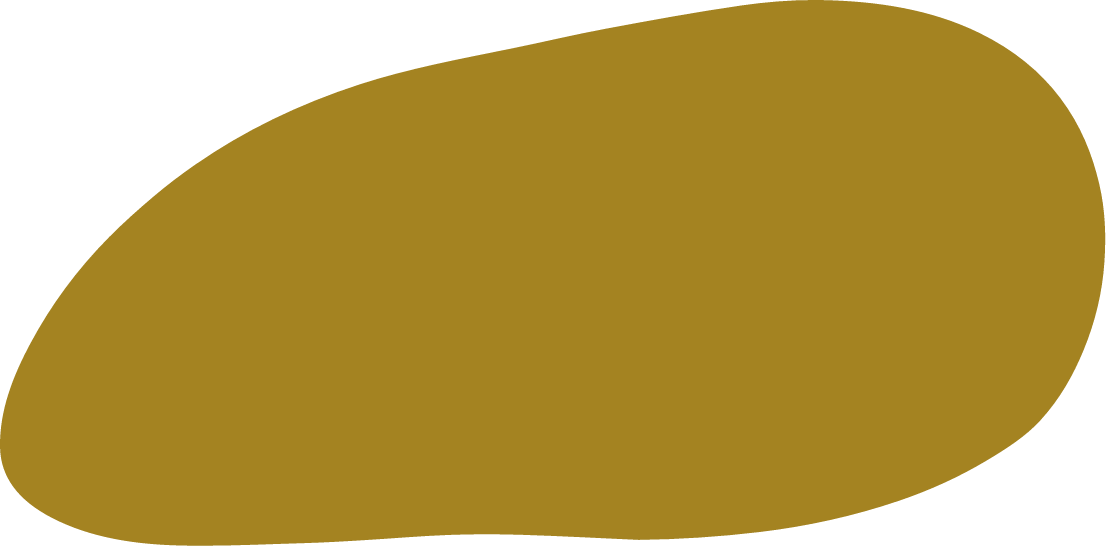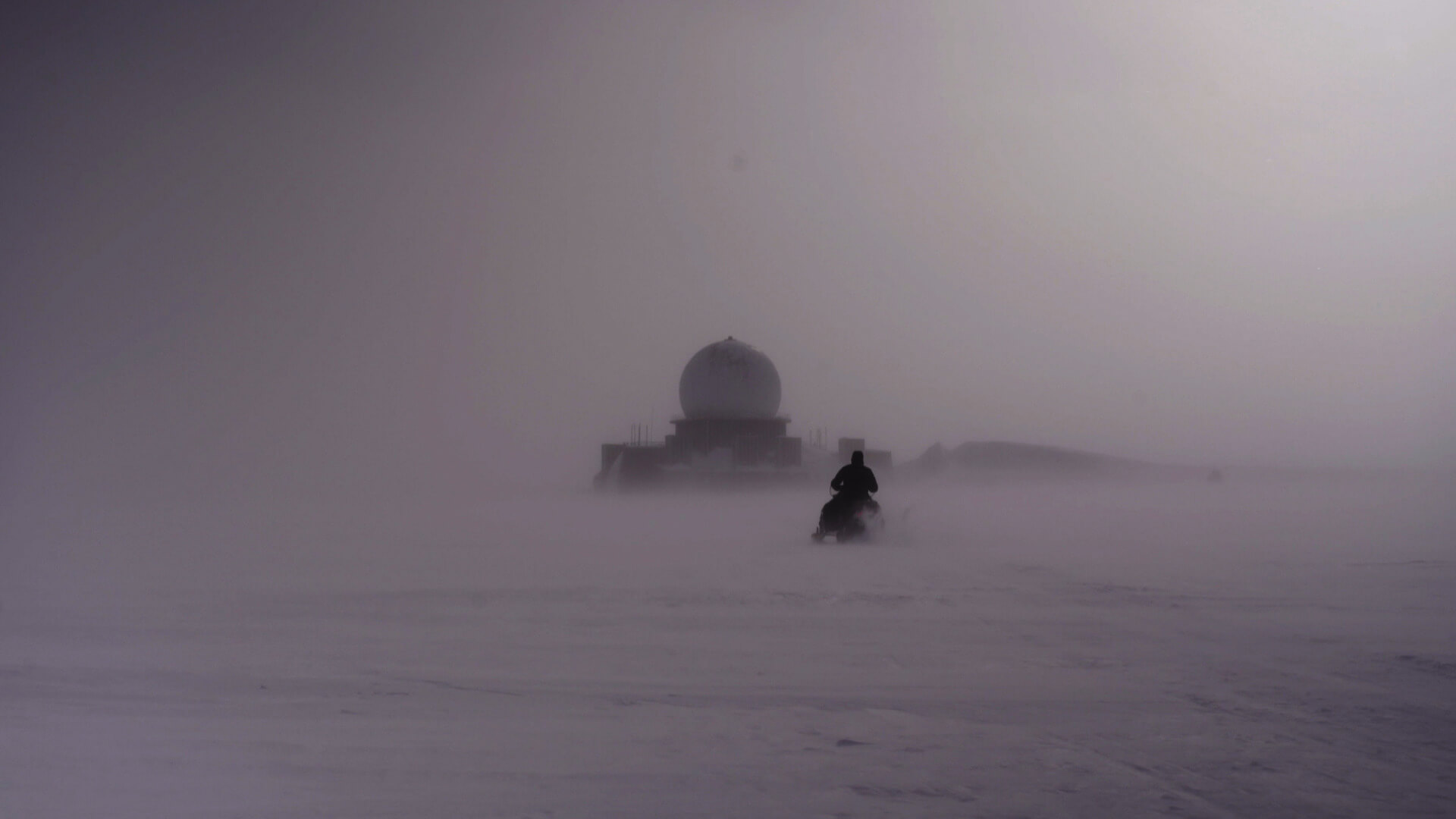“I saw the Aleph from every point and angle, and in the Aleph I saw the earth and in the earth the Aleph and in the Aleph the earth; I saw my own face and my own bowels; I saw your face; And I felt dizzy and wept, for my eyes had seen that secret and conjectured object whose name is common to all men but which no man has looked upon―the unimaginable universe”.
Jorge Luis Borges
As Borges noted, the first letter of the alphabet, aleph or alpha, is the origin of everything, containing all knowledge in and of the world. Radivojevic takes this as a starting point to tell her stories. The Argentine writer and Aleph are a source of inspiration, as well as a surface for projecting associations, her ultimate desire being to offer a flow of free images, thoughts and ideas.
Structured like a game inside a labyrinth, the centre of which is eternity, Radivojevic’s Aleph resembles a contemplative collage, a scrapbook containing images and sounds of the past, present and future. A diary for recording dreams, a documentary with elements of magical realism, formed with fragments of the protagonists’ experiences, stories, concerns, and thoughts: with all this material scattered across ten countries, five continents, and various languages, in constant interaction with each other.
Aleph could be seen as a mosaic of short films, linked together through a common narrative. It is, at the same time, a single film―stylistically and narratively varied, yet coherent. Each part is shot in a different manner, and reveals varied influences, but all the parts, ultimately, flow into each one another seamlessly, without any linear narrative or obvious connections.
There is no position of authority in the telling of the stories; instead, each actor/author involved appears as a co-creator, featuring in each segment whilst also being a part of a larger whole. Everyone, both separately and as a whole, seems to experience being, with no distinct sense of before or after, beginning or end, as a constant flow without oppositional standoffs, linking the present to the evermore.
A woman gets lost inside a painting; a girl in Buenos Aires suffers, unable to feel anything, whilst a girl, on the other side of the world, cannot bear feeling so much; a desert-guide wanders in the sandy labyrinths of Algeria; in New York, a man talks to a woman about his acting career, and his life in prison; in the Himalayas, Buddhist monks come and go; in South Africa, two identical twins converse with each other, dressed in matching zebra suits; various animals appear in a cross-section of space; and, once again, we see the woman who was once lost inside a painting.
People, animals and places march on as guides and followers in the exploration of the continuity of the universe. A (the) continuity that provides not only the content, but the very shape of this work. In Aleph, stripping away the illusion of omnipotence, suggested by technology, and by the violent belief in constant progress, brings existence one step closer to the elemental and the magical. In Aleph, the absence of answers and the finitude of human existence are not seen as problems that need to be solved, but as simple facts, the certainty of which can instead give us comfort.
If Aleph were a syntactic model, it would be an asyndeton. Things and beings connected, listed side by side are congenerous, forming a coherent whole. No word intervenes between them, only commas. The meaning lies, above all, in their coexistence, and not in any other man made structure, be it causal or temporal.












